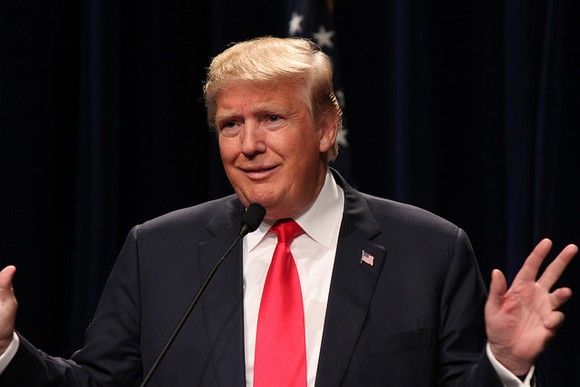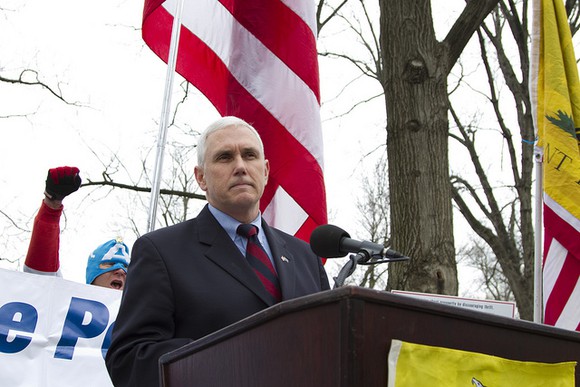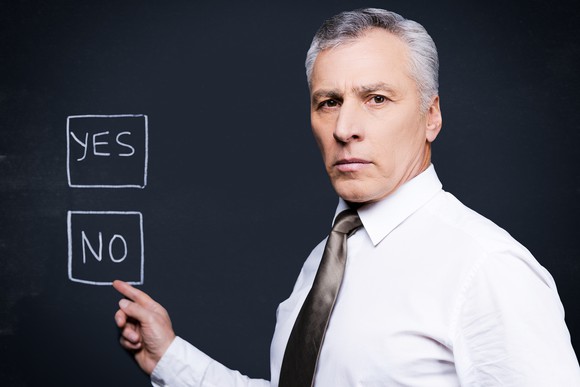
The Social Security program is vital to the well-being of our nation's retirees. Last year, the Social Security Administration's Fact Sheet showed that more than half of all elderly married couples, and just shy of three-quarters of all unmarried elderly persons, relied on Social Security to provide at least half of their income.
But the program itself isn't on a solid foundation -- and Washington knows it. The exodus of more than 10,000 baby boomers from the workforce into retirement per day for an approximately 15-year period is going to swell the number of people receiving benefits under Social Security. In return, there simply won't be enough new workers, or payroll tax revenue collected, to cover the benefits that current retirees and boomers will be due. By 2034, the Social Security Board of Trustees is forecasting that the Trust that pays benefits will have exhausted its spare cash, resulting in what could amount to a 21% cut in benefits simply to sustain Social Security through the year 2090.
Long story short, seniors and workers are very much aware of Social Security's problems, and they're looking to lawmakers on Capitol Hill for a solution. However, a solution thus far has been elusive.
Social Security could be a deciding factor in the upcoming election
With the U.S. elections just three and a half months away, the presidential candidates' plans to fix or sustain Social Security over the long term could very well be one of the key points that voters use to decide which candidate to vote for.

Democratic Party candidate Hillary Clinton has long repeated her desire to expand benefits for low-income retirees and for women. The primary mechanism she plans to employ in order to generate more payroll tax revenue and expand benefits is by increasing the payroll tax for upper-income earners. As it stands in 2016, wage income up to $118,500 is taxable by the Social Security Administration. Any dollar earned beyond this amount is free and clear of taxation. Clinton wants to end this practice, potentially putting in place new legislation that would reinstitute the 12.4% tax (which is often paid half by you and half by your employer) on earnings of roughly $250,000 and up.
Republican Party candidate Donald Trump has taken more of the wait-and-see attitude of late. In recent speeches he's suggested that staying the course and not touching Social Security is the wise thing to do. In Trump's opinion, his economic policies will spur GDP growth, yielding higher wages, more payroll tax revenue, and a sustainable program that can maintain its current full benefits beyond 2034.
On the other hand, Trump's pick for his running mate, Mike Pence, couldn't seem to be more of a polar opposite with regard to Social Security. Pence, the governor of Indiana, has suggested putting all types of solutions on the table, which could include getting more money from higher-income earners, raising the retirement age, and perhaps even cutting benefits. In Pence's eyes, everything should be analyzed for feasibility.
Trump and Pence once shared a common ground on fixing Social Security
Yet look back more than a decade and you'll discover that Donald Trump and Mike Pence both shared a similar vision for Social Security in that both wanted to privatize at least some portion of it. Privatizing Social Security means allowing individuals to invest a portion of their Social Security benefits however they see fit.

Here's an excerpt from Jan. 2000 when Donald Trump released his book, The America We Deserve:
The solution to the Great Social Security crisis couldn't be more obvious. Allow every American to dedicate some portion of their payroll taxes to a personal Social Security account that they could own and invest in stocks and bonds. Federal guidelines would make sure that your money is diversified, that it is invested in sound mutual funds or bonds, and not in emu ranches. The national savings rate would soar and billions of dollars would be cycled from savings, to productive assets, to retirement money. And unlike the previous systems, the assets in this retirement account could be left to one's heirs, used to start a business, or anything else one desires.
In 2005, when former President George W. Bush was in the Oval Office, Mike Pence called for even larger private Social Security accounts than Bush had proposed. As Pence noted at the time:
Conservatives want to see personal retirement accounts [for Social Security] that have immediate relevance to younger Americans, that they can see the value, and that will require that they be big and that they be implemented in the final bill without delay.
Right now, all $2.8 trillion-plus in Social Security's spare cash is invested in special issue bonds and certificates of indebtedness, most of which will be yielding less than 3.5% within the next six years. With bond yields near record lows, in some instances we could see special issue bonds that are producing real money losses compared to the rate of inflation. Privatization of some of your Social Security benefits would allow you to invest in potentially faster growing assets, such as stocks, which have returned about 7% over the long term, dividend reinvestment included.

Privatization may not be the answer
Unfortunately, privatizing Social Security may not be a cure-all for retirees or the program itself. For instance, if Americans don't have a good grasp of the basics of investing, then allowing them to play with their retirement benefits could be catastrophic. For example, the Financial Industry Regulation Authority questioned millennials on their basic finance knowledge with a five-question quiz. The results showed that just a quarter passed by getting four or five questions correct. If people don't understand the ramifications of what they're doing, privatizing could be a disaster.
Even more frightening is what could happen to lower-income Americans. Because lower-income Americans may feel they're "behind" on saving for retirement, they could be more likely to take unnecessary investment risks in order to "catch up" to middle-class workers. These risks could result in losses that they simply can't afford.
Privatizing Social Security also doesn't take away the fact that the program would still be on track to burn through its excess cash at some point in the future.
These reasons could very well be why the vision for Social Security privatization has yet to get off the ground.
Nevertheless, a solution is needed and seniors and pre-retirees are counting on legislators to fix it. For current retirees and workers who will retire at some point in the next 20 years, you'll want to pay close attention to how Trump's "do-nothing" strategy melds with Pence's "everything on the table" ideal for fixing Social Security as the campaign moves forward.
The $15,834 Social Security bonus you could be missing
If you're like most Americans, you're a few years (or more) behind on your retirement savings. But a handful of little-known "Social Security secrets" could help ensure a boost in your retirement income. For example: one easy trick could pay you as much as $15,834 more... each year! Once you learn how to maximize your Social Security benefits, we think you could retire confidently with the peace of mind we're all after.
- Publish my comments...
- 0 Comments
